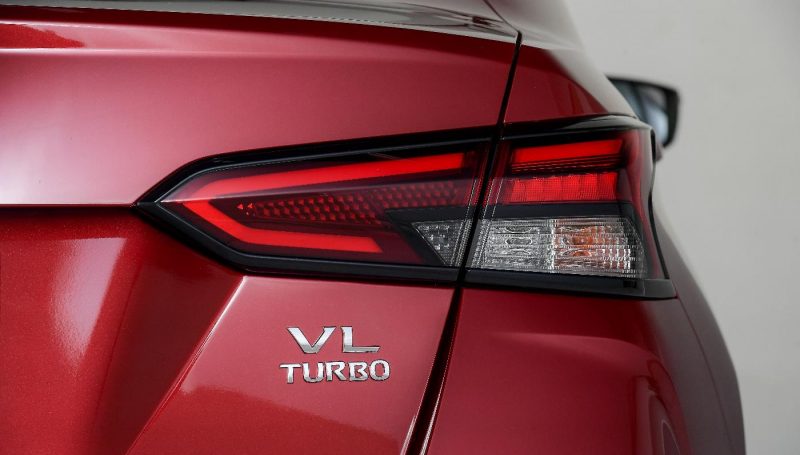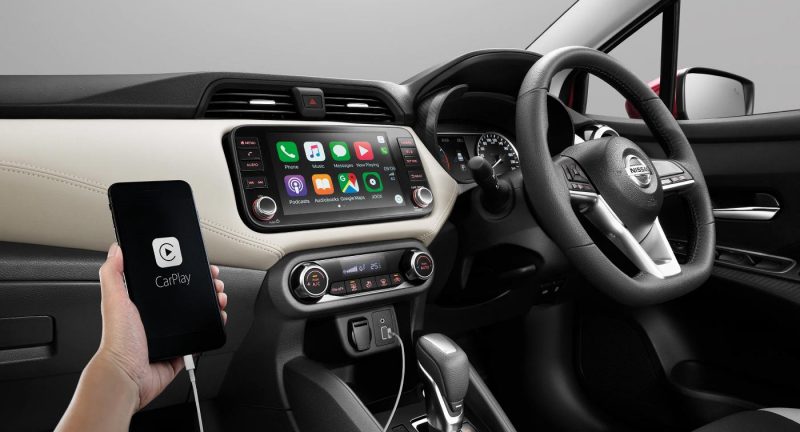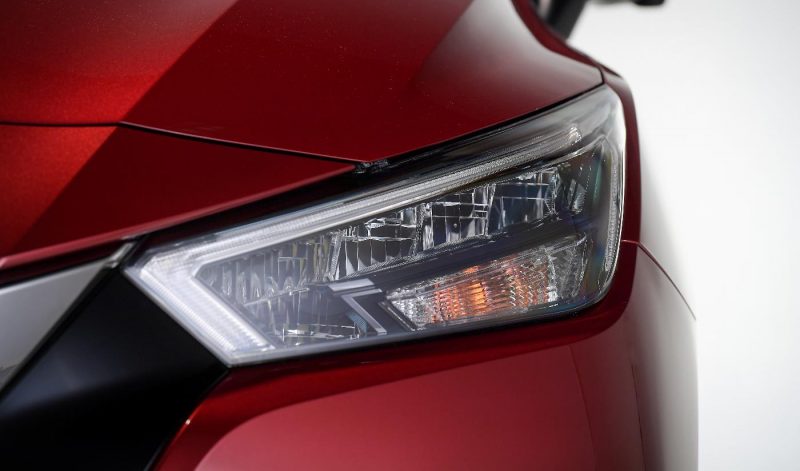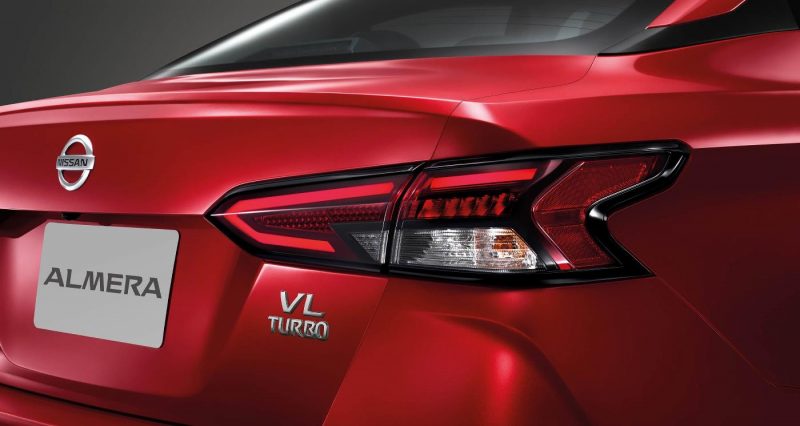From the amount of interest and positive comments generated by an earlier story on the new generation Nissan Almera (or Versa in other some other markets), it appears that Nissan has gotten more than a few things right with its latest B-segment sedan challenger.
Now that neighbour Thailand has unveiled the Almera in all its glory – the first country in the Asia and Oceania region to do so, you have every reason to be properly excited about what’s coming next year, not only from a styling angle (it is a dramatic departure from the current car), but also in the way of engineering and technology.

The 1.0-litre turbocharged engine
While the revelation that the new Almera will be powered by a turbocharged 1.0-litre 3-cylinder engine took many by surprise, industry insiders would have known that going the downsize turbocharged route was inevitable, to ensure that the Almera meets the requirements of Thailand’s Eco Car programme (phase 2), which includes EURO 5 emission compliance, fuel efficiency of no less than 23.25 km per litre (for petrol engines on NEDC cycle), an engine capacity no higher than 1,300 cc, along with a string of safety related UNECE regulations.

Codenamed HRA0, the new turbocharged 1.0-liter delivers a maximum output of 100 hp and 152 Nm of torque. The 3-cylinder petrol engine is mated to a new continuously variable transmission (CVT) to achieve a fuel consumption of 23.3 km per liter (or 4.3L/100km), a number that’s obviously devised to meet the Eco Car requirements (see above). The new 999 cc 3-pot utilises mirror-bore coating on its cylinder walls for lower wear and durability, and employs an electric DC motor to better regulate the compression of the turbocharger. Maximum torque is available from 2,400 rpm.

The new turbo engine is marginally less powerful than the naturally aspirated 1.5-litre 4-cylinder found in the current Almera (rated at 102 hp and 139 Nm) but the 3-cylinder generates greater torque, so drivability and response are likely to be improved as the vehicle kerb weight of the new Almera is only slightly raised compared to the previous car (still under 1,100 kg). Nissan did not quote any performance figures, but this package is really about efficiency.

Design and styling
We’ll skip Nissan’s design jargons and let the images speak for themselves – the new Almera is an attractive-looking B-sedan, not only when compared to the dowdy-looking predecessor, but on its own, this is a stylish and measured design effort by Nissan, without going overboard, probably what the majority of B-sedan customers seek anyway.

As expected, the dimensions have grown in terms of width (+45 mm), overall length (+70 mm) and wheelbase (+20 mm), which now stands at 2,620 mm, so it should retain best-in-class legroom and overall roominess. More importantly, the new Almera has shed the awkward stance of the current car, looking far more proportional, if not subtly sporty with its slim front headlamps design and boomerang-style tail lamps.

The interior has also made the corresponding leap in style, the architecture is all new and looks premium. The perception of technology is high as well, with the driver getting an instrument cluster comprising of a 7-inch multi-function display next to a self-illuminated speedometer while the centre console now has an infotainment system featuring an 8-inch touch display, along with Android Auto and Apple CarPlay compatibility. Heck, there’s even an armrest now! Of course, all of this is subject to the chosen variant and corresponding spec level. In Thailand, there are a whopping five grades to choose from.

Active safety comes to the fore
You will hear a lot more about ‘Nissan Intelligent Mobility’ as Nissan moves to position active safety as one of its product pillars, just like in the facelifted X-Trail and now on the new Almera. While the full suite of safety features is likely to be variant specific, the Almera can had with factory-fitted blind spot warning, rear cross traffic alert, moving object detection, forward collision warning and autonomous emergency braking, this is on top of around-view 360 camera, vehicle stability control, ABS and such. Suffice to say, the new Almera is expected to be big on safety when it arrives in Malaysia.

What price in Malaysia?
It’s pointless to speculate the price of the new Almera as Thailand has a different tax structure compared to Malaysia (Eco Car-compliant models also enjoy lower excise duties), so it might be misleading to convert the price in Thai baht to Ringgit.

But it goes without saying that the new Almera, when it does arrive in Malaysia in 2020, has to be priced within the vicinity of the current-generation Almera, alongside its usual rivals such as the Toyota Vios and Honda City, if it is to sell in numbers. Expect a price range of between RM70,000 to RM85,000, taking into account that the new-generation Almera will likely come with a higher level of standard safety equipment and tech features compared to the current car.
New Nissan Almera gallery












